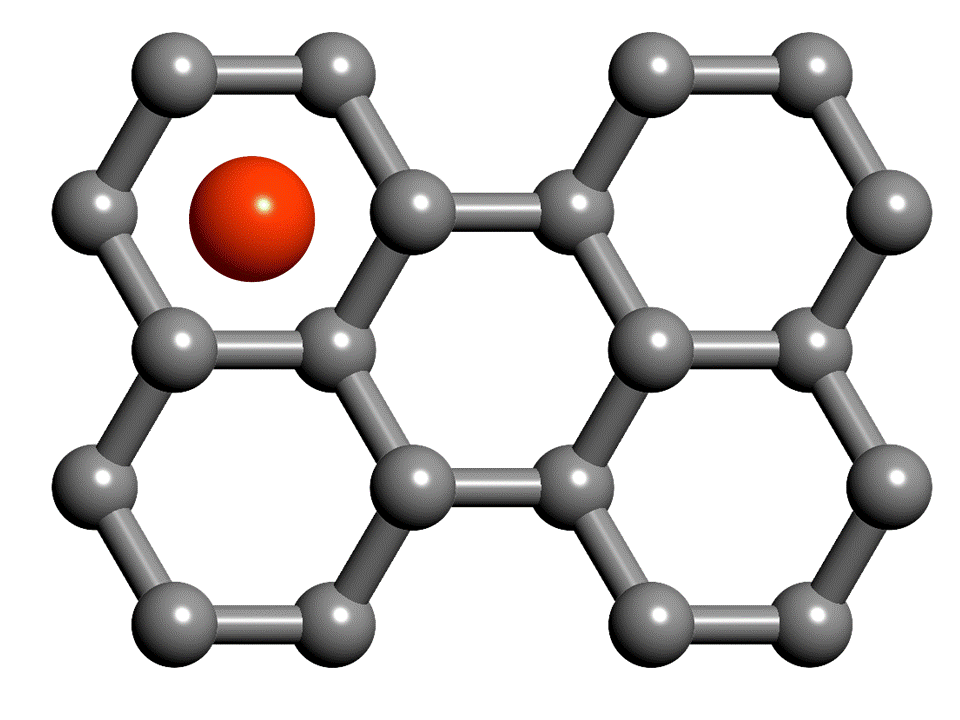
The "miraculous" staircase in the
Loretto chapel in Santa Fe,
New Mexico, USA
(Summer 2016)
Structurally, the helical staircase in the Loretto chapel (left) can be described as a rather stiff, yet flexible left-handed coil spring. As seen in Fig. 1, two full turns cover the total height of 20 feet. There are materials such as steel that would likely be used nowadays to build such a staircase. Using wood as the sole construction material, with no metal parts, and achieving the rigidity and resilience of the structure is an amazing feat. The high load bearing capacity, supporting fifteen choir members at the same time, is documented in Fig. 2. It comes as no surprise that the staircase is considered as miraculous by some, since today's structural engineers still disagree about what exactly provides the stability and rigidity to its wooden structure without any central or lateral support. The only support of the staircase is at the chapel floor level and the choir level at the top, 20 feet higher.
Setting aside the question, whether St. Joseph himself built the staircase in answer to the desperate prayer of the nuns, the builder must have had a deep understanding of the mechanical stability of helical springs loaded in torsion that goes beyond that of today's structural engineers and their software.
The stability of the staircase has been studied recently using the Continuum Elasticity formalism in Theoretical Physics. As revealed in this study [1], the rigidity of the unsupported helical staircase results from the connection between the strained outer and inner stringers of the double-helix under load by stairs playing the role of incompressible spokes.
[1] David Tománek and Arthur G. Every, "Origin of Unusually High Rigidity in Selected Helical Coil Structures", Phys. Rev. Appl. 8, 014002 (2017).
This page has received
04225 hits since .
Last update:
2020.03.04 (Wednesday) 23:23:00 EST.




Figure 1.
Airbrushed view of the staircase as constructed (left) and now, with the railing added (right).


Figure 2.
Animation of the changes to the Loretto staircase (left). Low-resolution image of the Loretto choir on the staircase (right).